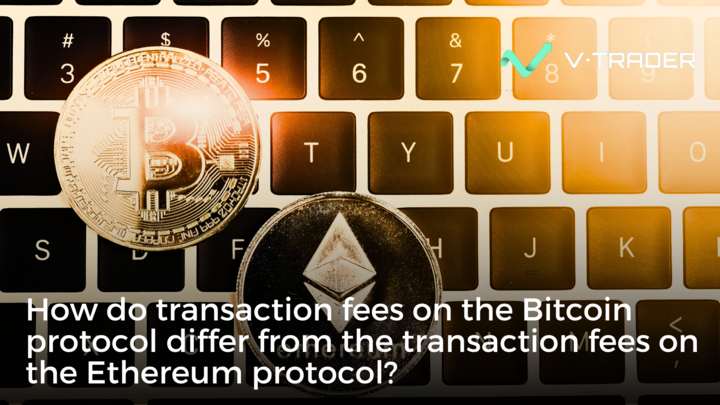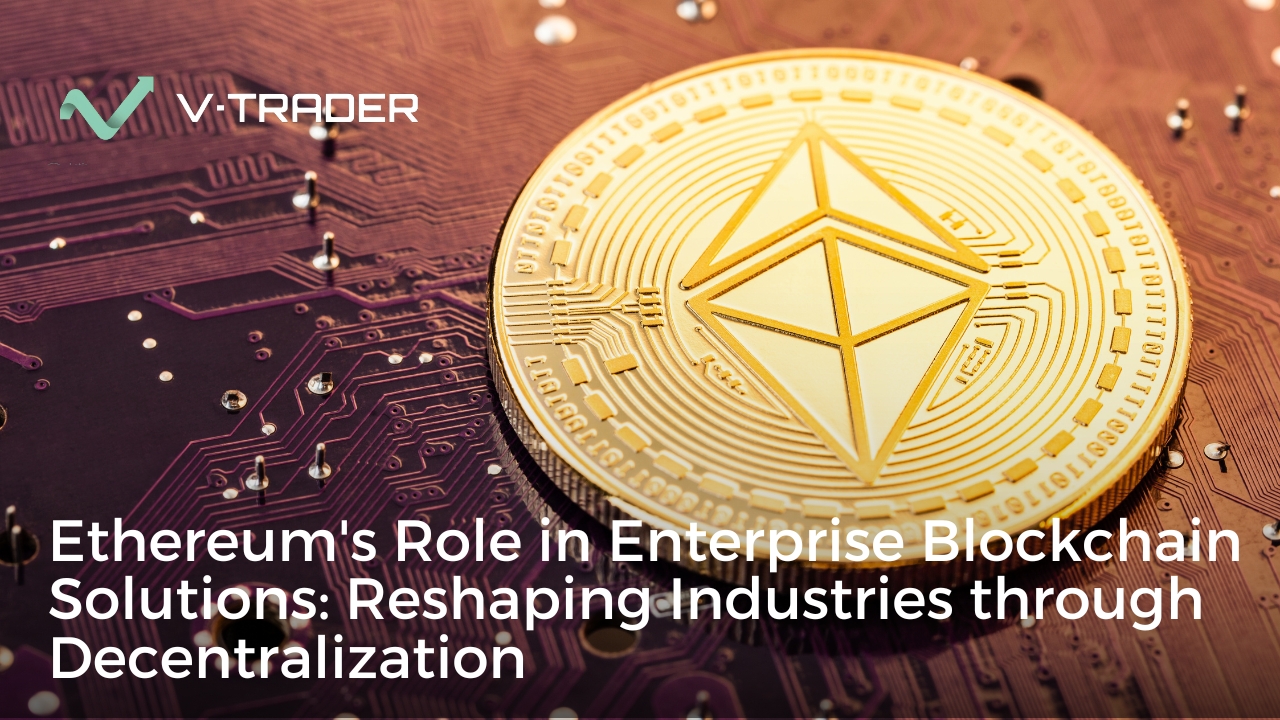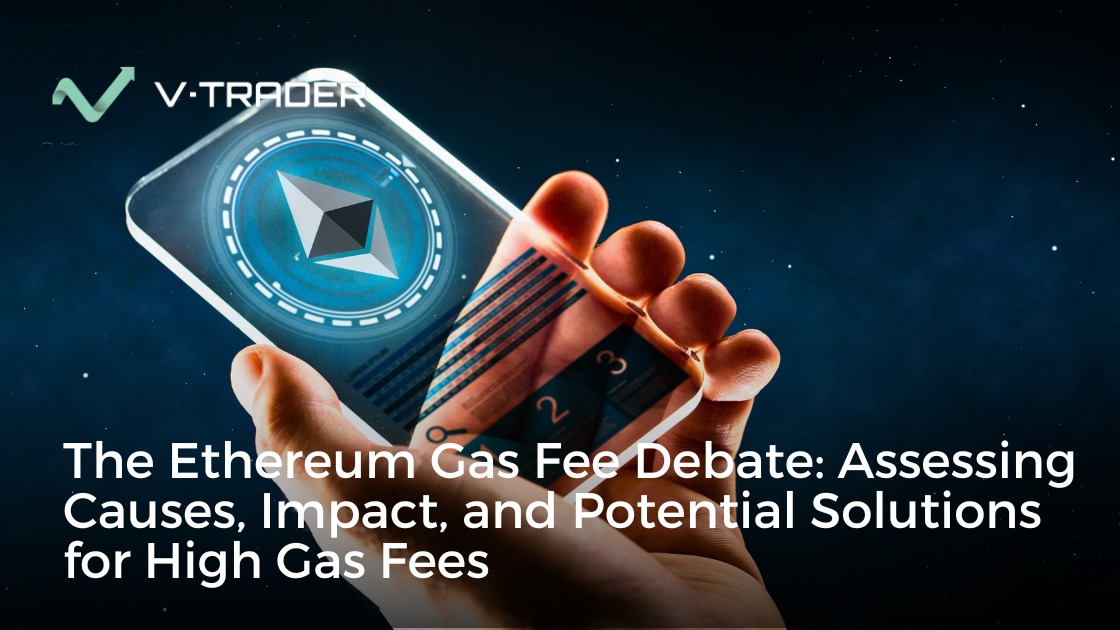Cryptocurrency transaction fees play a crucial role in the efficiency and stability of blockchain networks. Every move you make, whether trading, sending payments, or interacting with decentralized apps, comes with a price. These fees ensure that transactions are validated and processed in a timely manner and that miners and validators are rewarded for keeping the blockchain running.
Bitcoin (BTC) and Ethereum (ETH) have different fee structures that impact users differently depending on the network conditions and your transaction type. Understanding these fees when using crypto is essential for traders, investors, and everyday users who want to optimize their costs or compare networks.
What Are Crypto Transaction Fees?
Crypto transaction fees are small payments made to validators (miners) to process and confirm blockchain transactions. These fees help prevent network spam, incentivize network participants, and ensure transactions are executed efficiently.
Unlike traditional payment networks, where fees are typically fixed by centralized entities, blockchain transaction fees are dynamic and fluctuate based on supply and demand.
Each blockchain network has its own fee mechanism:
- Bitcoin fees depend on how much space your transaction takes up and how many people are trying to get their transactions confirmed. Bigger transactions take up more room, so they cost more. When a lot of people are sending Bitcoin at the same time, miners pick the ones that pay the highest fees first, making everyone else wait or pay more to speed things up.
- Ethereum fees, called gas fees, depend on two things: how much work the network has to do to process your transaction and how busy the network is. Simple transactions, like sending ETH, cost less because they require little work. More complex actions, like using smart contracts, cost more because they take more computing power. When a lot of people are using Ethereum at the same time, fees go up because everyone is competing to get their transactions processed first.
Bitcoin Fees – Simple Explanation
Bitcoin’s fee structure revolves around the concept of block space availability and transaction size. The Bitcoin network has a fixed block size of 1 MB (more with SegWit-enabled transactions), which limits the number of transactions that can be included in a block. This creates a fee market where users compete to have their transactions processed quickly.
SegWit, short for Segregated Witness, is a protocol upgrade activated in August 2017 for the Bitcoin network, aimed at improving its scalability and efficiency. SegWit increases Bitcoin’s transaction capacity by separating signature data, reducing transaction size, lowering fees, and enabling innovations like the Lightning Network.
Key Factors of Bitcoin Fees:
- Fee Calculation: Fees are measured in satoshis per byte (sats/byte) and are determined by the transaction’s size in bytes rather than its value in BTC.
- Network Congestion: When demand is high, fees increase as users bid for priority.
- SegWit & Fee Optimization: Using SegWit reduces transaction size, leading to lower fees.
- Batching Transactions: Combining multiple payments into a single transaction can reduce overall costs.
- Off-Peak Timing: Transactions processed during low-demand periods usually incur lower fees and complete instantaneously.
- Low Cost: When sending funds, compared to traditional banking fees during a “wire transfer”, in most cases, Bitcoin fees are substantially lower.
Ethereum Transaction Fees (Gas) Explained
Ethereum’s transaction fees are based on the gas model, which measures the computational resources required to execute transactions and smart contracts.
Unlike Bitcoin, which calculates transaction fees based on the size of the data in bytes, Ethereum’s gas fees are based on the computational complexity of each operation. Each transaction specifies a gas limit (the maximum amount of gas the sender is willing to pay) and a gas price (the amount of ETH per unit of gas).
To improve efficiency, Ethereum transitioned from a first-price auction model to a base fee model with the London Hard Fork in 2021, introducing five Ethereum Improvement Proposals (EIPs) that were designed to improve the network’s security, efficiency, and overall user experience. This update implemented a base fee that adjusts dynamically based on network demand.
Key Aspects of Ethereum Transaction Fees:
- Gas Fees & Gas Price: Ethereum transactions require a gas limit (maximum units of gas the sender is willing to pay) and a gas price (measured in Gwei, a subunit of ETH).
- Base Fee & Priority Fee: Ethereum’s EIP-1559 upgrade introduced a base fee that dynamically adjusts based on network congestion. Users can add a priority fee (tip) to incentivize faster processing.
- Smart Contract Complexity: More complex transactions (e.g., interacting with decentralized applications) require more gas.
- Layer 2 Solutions: Optimistic Rollups and zk-Rollups allow users to execute transactions off-chain with significantly lower fees.
- Gas Optimization: Developers can optimize smart contracts to reduce gas consumption.
BTC vs ETH: Key Differences At a Glance
| Feature | Bitcoin Fees | Ethereum Fees |
| Fee Calculation | Based on transaction size (sats/byte) | Based on computational effort (gas) |
| Block Time | ~10 minutes | ~12-15 seconds |
| Network Traffic | Increases fees due to limited block space | Adjusts dynamically via base fee and priority fees |
| Smart Contracts | Not supported | Supported; complex contracts incur higher fees |
| Optimization Techniques | SegWit, batching, timing transactions | Gas estimation tools, Layer 2 scaling, contract optimization |
| Best for | Simple payments, large BTC transfers | dApps, smart contracts, frequent transactions |
Pros & Cons for Everyday Use
Bitcoin Pros:
- Predictable fee structure based on transaction size.
- Well-suited for large-value transfers.
- SegWit helps reduce fees.
Bitcoin Cons:
- Slow block times can lead to delays.
- Fees can spike during high congestion periods.
Ethereum Pros:
- Fast transaction completion.
- Flexible fee structure with base and priority fees.
- Layer 2 solutions reduce costs significantly.
Ethereum Cons:
- Gas fees fluctuate significantly, especially during high network usage.
- Complex transactions using smart contracts can become expensive.
Factors Influencing Both BTC & ETH Fees
1. Network Congestion
Network congestion is the main factor influencing transaction fees on both Bitcoin and Ethereum. When many users are trying to send transactions simultaneously, competition for block space increases. Bitcoin’s block size limit means only a certain number of transactions can be included per block, leading to higher fees as users bid to have their transactions confirmed quickly.
Similarly, Ethereum’s gas model adjusts fees dynamically based on demand, with users paying higher gas prices during peak activity times to prioritize transactions. This congestion often occurs during market volatility, NFT drops, or major DeFi activity, when large volumes of transactions flood the network.
Layer-2 scaling solutions, such as Bitcoin’s Lightning Network and Ethereum’s Rollups, help reduce congestion by processing transactions off-chain before settling them on the main chain, leading to lower costs and faster confirmations.
2. Miner & Validator Incentives
Miners and validators play a crucial role in processing transactions, and their incentives directly impact fee structures on both Bitcoin and Ethereum. In Bitcoin’s proof-of-work system, miners select transactions based on the highest fees offered, as they compete to solve complex mathematical puzzles to add blocks to the chain. Since block space is limited, users who pay higher fees increase their chances of faster confirmation.
In Ethereum’s proof-of-stake system, validators are rewarded with priority fees from transactions, making them more likely to include higher-fee transactions in blocks. This competitive structure ensures that miners and validators maximize their earnings while keeping the network secure and operational.
3. Block Size & Transaction Throughput
Bitcoin’s fixed 1 MB block size limits the number of transactions that can be included in each block, creating competition for space when demand is high. This constraint leads to higher fees during congestion, as users must outbid others to get their transactions confirmed quickly.
Ethereum, in contrast, does not have a fixed block size but instead uses a dynamic gas limit to determine how many transactions can fit in each block. Validators adjust this limit based on network conditions, allowing for flexible throughput.
4. Market Conditions & User Behavior
Bull markets, increased speculation, trading, and DeFi activity drive higher transaction volumes, leading to congestion and rising fees. More users are willing to pay premium fees to ensure their transactions are processed quickly, whether it’s for executing trades, minting NFTs, or moving funds between wallets.
Bitcoin spikes in transaction costs as traders rush to buy or sell, while Ethereum sees surges in gas fees due to heightened smart contract interactions across decentralized exchanges and lending protocols.
This cyclical nature of transaction fees makes it more affordable to move assets during market downturns. However, fees never drop to zero, as base costs for security and validation remain, ensuring the network continues functioning regardless of market conditions.
Future of Transaction Fees and Scalability
The future of Bitcoin and Ethereum transaction fees will depend on better technology and new smarter ways to handle network traffic. Bitcoin’s Lightning Network is making fast, cheap payments possible by processing most transactions off-chain while still keeping everything secure.
Ethereum is taking a different approach, focusing on layer-2 solutions like rollups, which bundle transactions together before settling them on the main blockchain. Future upgrades, like Danksharding, will help Ethereum handle even more transactional volume efficiently.
While fees on the main networks are likely to continue to spike during busy times, these improvements should make everyday transactions much cheaper, making both Bitcoin and Ethereum more practical for everyday use.
Here’s a breakdown of how Bitcoin and Ethereum are evolving to address fee challenges:
- Bitcoin’s Lightning Network enables near-instant and low-cost BTC transactions by processing them off-chain.
- Ethereum’s Layer 2 Solutions such as Optimistic Rollups and zk-Rollups significantly reduce gas fees while maintaining security.
- Ethereum 2.0 & Sharding aim to improve scalability and lower transaction costs by increasing network capacity.
In Summary
Navigating the world of cryptocurrency fees can be complex, but understanding them is key to making smart financial decisions. Whether you’re trading Bitcoin or interacting with Ethereum’s smart contracts, being aware of how these fees work helps you manage your costs effectively.
To make this journey easier, consider using a platform like vTrader. vTrader offers a user-friendly experience for buying, selling, and trading a wide range of cryptocurrencies securely. With advanced tools and real-time updates, vTrader empowers you to stay ahead in the growing crypto market.
Plus, their Ethereum Gas Tracker app ensures you never overpay on ETH gas fees ever again. Don’t let transaction fees catch you off guard, explore vTrader and take advantage of the opportunities available in cryptocurrency today.

Steve Gregory is a lawyer in the United States who specializes in licensing for cryptocurrency companies and products. Steve began his career as an attorney in 2015 but made the switch to working in cryptocurrency full time shortly after joining the original team at Gemini Trust Company, an early cryptocurrency exchange based in New York City. Steve then joined CEX.io and was able to launch their regulated US-based cryptocurrency. Steve then went on to become the CEO at currency.com when he ran for four years and was able to lead currency.com to being fully acquired in 2025.


